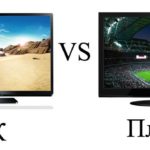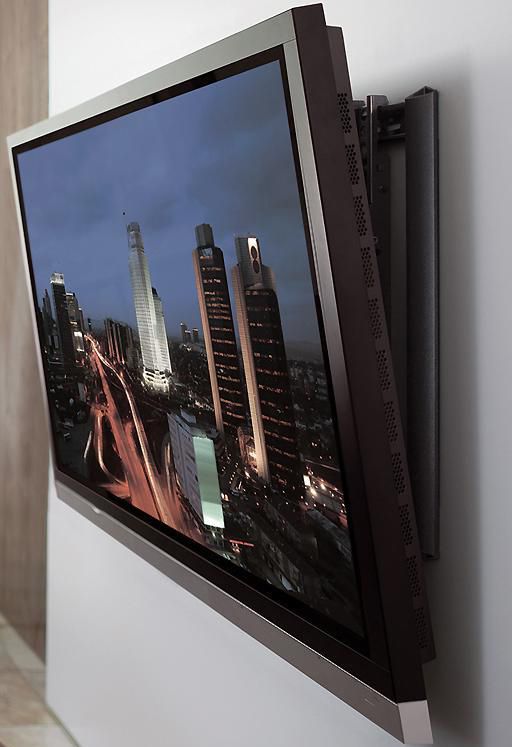What is the difference between plasma and LCD TV?
 Liquid crystal (LCD) and plasma TVs are almost impossible to distinguish visually. The characteristics and interface also have similar meanings. However, the difference between them exists, first of all, in the design and principle of operation.
Liquid crystal (LCD) and plasma TVs are almost impossible to distinguish visually. The characteristics and interface also have similar meanings. However, the difference between them exists, first of all, in the design and principle of operation.
The content of the article
Differences between plasma and LCD TV
LCD TVs include models with a liquid crystal display and lamp-backlit - LCD with a fluorescent tube, LED with LEDs and the latest OLED with organic self-emitting LEDs that do not require additional backlighting.
Reference! OLED technology has brought LCD picture quality to the level of a plasma panel.
An LCD screen is an active matrix in the form of two transparent plates with liquid crystals between them. The surface of the plates is covered with a network of transparent electrodes that orient the molecules in a certain direction. The electrodes conduct voltage to the matrix cells - pixels.
Each plate is equipped with a polarizer and backlight (fluorescent lamp or LED). The polarizer receives the luminous flux passed through the first plate and rotates it in a horizontal or vertical plane.
Passing through the liquid crystal layer, the flow is polarized and passes through the second plate. When the electrodes intersect, a specific matrix cell lights up. The light beam under the influence of a color filter acquires one of the shades.Each cell has its own thin-film transistor, increasing the electrode response speed, image clarity and contrast.
Reference! The design of the liquid crystal display consists of an LCD matrix, backlight, contact harness and a plastic case reinforced with a metal frame.
In plasma models (PDP), the active matrix is plasma, which is an ionized gas with a large number of charged particles - ions with a positive charge and electrons with a negative charge. When an electric current passes through a plasma, particles with different charges are attracted to each other. From their collision, gas atoms release photons of the visible color spectrum.
The gas used is inert xenon and neon, whose atoms, when particles collide, release photons in the ultraviolet spectrum, inaccessible to the human eye. The plasma display consists of two transparent plates (rear and front), between which there are numerous microchambers with inert gas. Along the rear panel there are control electrodes located vertically over the entire area. Along the front - scanning with a protective coating, located horizontally. Thus, the electrodes form a rectangular grid.
The micro-cameras are treated with a phosphor coating, which converts invisible ultraviolet photons into colors visible to the human eye. To charge electrons, the matrix is equipped with a special processor. Each pixel in the plasma consists of three microchambers of red, blue and green colors. Image clarity directly depends on the size of the pixels. The smaller the pixels, the sharper and more contrast the image.
Important! The front protective glass of the plasma screen completely blocks ultraviolet radiation, reducing the danger from its effects to zero.
Practical differences
The practical differences between the two types of TV are usually considered according to several basic criteria.
Brightness and contrast of the image - plasma panels without backlight produce deep blacks, clear and bright color images from any viewing angle. LCD models, due to the backlight, can only produce a dark gray color, the picture turns out to be paler. The exception is OLED models without backlight.
Sizes – LCD monitors provide a wide range of choices – from small kitchen monitors to huge ones used as advertising displays. Plasma ones are produced with a maximum diagonal of 65-80 inches.
Weight – lighter LCD models that have a screen made of transparent plastic, and not glass, as in plasma ones.
Electricity consumption - according to this indicator, LCDs are more economical, consuming several times less electricity than plasma ones. Plasma power on average is 350-450 W. With the same dimensions and functionality, LEDs with the ECO mark consume 2 times less electricity than PDPs.
Continuous TV operation is accompanied by overheating, to which plasma panels are more susceptible. For safe operation they are equipped with cooling fans. The slight noise from the fan is not audible from a distance of 3 m, which is recommended for viewing plasma panels with a large diagonal length.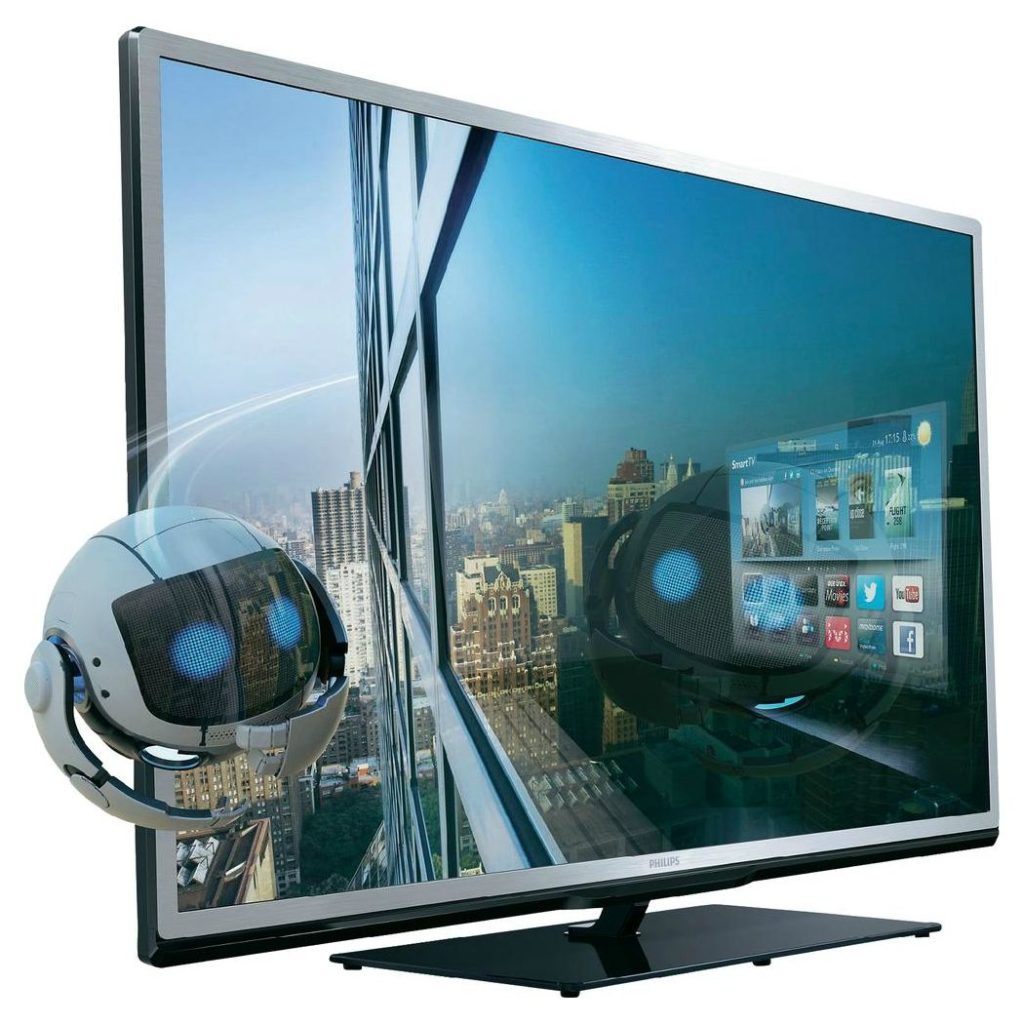
The viewing angle is not limited for plasma models, for LCD - when exceeding 160-180 degrees, the screen brightens or darkens.
Fast response - in PDP, the inert gas transmits electricity instantly, in modern LCDs this time has been reduced to 8 milliseconds.
Service life - conditional service life of LCD - 80 thousand hours, plasma - 40 thousand hours, after which the image quality deteriorates significantly. In practice, a change in contrast in plasma models for the worse occurs after 4 years of intensive work
Safety for humans and the environment - both types are absolutely safe for humans and do not harm the environment.
Mechanical reliability – plasma is considered more resistant according to this criterion.
Price – LCD TVs are presented in different price categories – budget, mid-range, premium. Plasma models belong to the medium and premium categories. With the same size and functionality, LCD TVs are cheaper.
Attention! Almost all well-known manufacturers of television equipment produce both types of TV panels - LCD and plasma.
Functional differences
In terms of functionality, both types are almost equivalent. Screen resolution - Full HD. Budget LCDs usually have 720p, 1080p, mid-range ones – 1080P or 1080i, new OLED models – 1080p, 1080i, UHD 4K. Plasma – 1080p, 1080i, UHD 4K. High resolution 4K is designed for watching streaming television. Analogue television broadcast on TV has not yet been adapted to such high resolution.
3D, Smart TV, USB, HDMI, HDR, WiFi - supported by all modern flagship models of both types. Budget LCDs provide support for basic video formats, a USB connector, and are more suitable for cable or antenna TV viewing.
Important! With the same functionality, the cost of an LCD will be less than the cost of a plasma panel.
Both types of panels have the ability to receive analog and digital video signals, have an SD card reading interface with multimedia content, an NV tuner module, a built-in low or medium power stereo amplifier, and an IR receiver for remote control.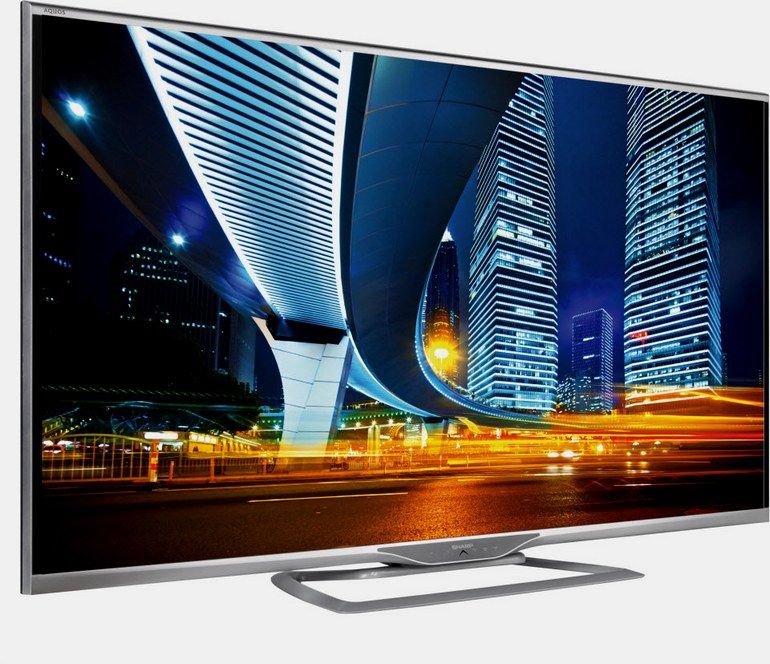
Which TV is better to choose
Some leading television equipment manufacturers are abandoning the production of plasma panels due to the higher cost of their production than liquid crystal panels. With the advent of OLED technology, flagships such as LG and Panasonic abandoned plasma production. The priority advantages of LCD are high picture clarity, approaching PDP quality, and the ability to produce panels with a diagonal of 105 inches. True, the price of premium LCD models with a large diagonal is higher than the cost of PDP.
Plasma panels have standard functionality, but are distinguished by high image quality. As a rule, it is preferred by movie connoisseurs when organizing home theaters with a large screen. Their assortment in the retail network does not differ in the variety of choice. On the contrary, LCD TVs are presented in models of very different levels in terms of functionality, image quality and price.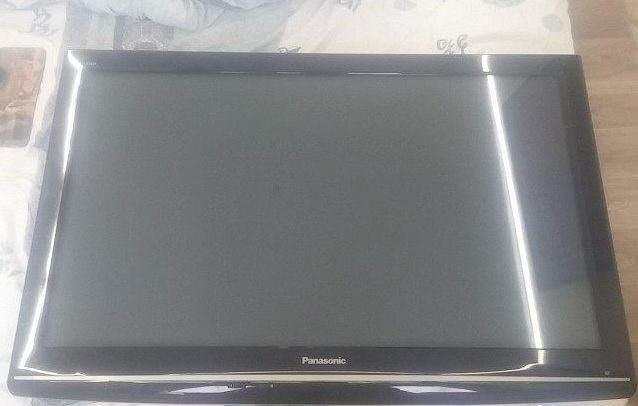
Reference! The line of LCD TVs necessarily contains budget models with the simplest set of options that are in demand among the general category of users.
When choosing between two types, you need to consider all their pros and cons. For example, not every wall will support a plasma panel that is heavier. At the same time, they are also less economical in energy consumption. But for fans of Hollywood action films with amazing special effects, plasma is the best choice.Therefore, when deciding which TV is better to choose, you should focus on the parameters that are important for each specific user individually.

